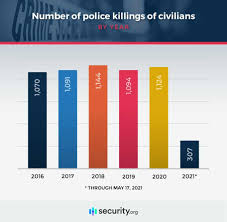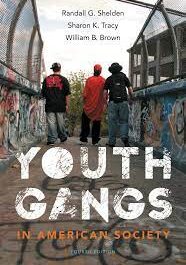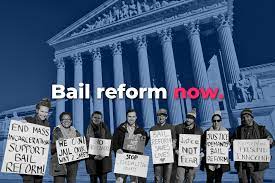Introduction

Police brutality and misconduct in the USA have been longstanding issues that have garnered significant attention and criticism from various quarters. Instances of police brutality involve the excessive or unnecessary use of force by law enforcement officers against civilians, often resulting in severe injuries or even death. Misconduct encompasses a broader range of behaviors, including corruption, racial profiling, sexual harassment, falsification of evidence, and abuse of power.
Several high-profile cases have brought these issues to the forefront of public discourse and have sparked protests and calls for police reform across the country. Some of the key factors contributing to police brutality and misconduct include:
Systemic Issues:

Many argue that police brutality and misconduct are symptoms of deeper systemic problems within law enforcement agencies, including racial bias, lack of accountability, and a culture of impunity.
Racial Bias:
There is a widespread perception that people of color, particularly Black and Hispanic individuals, are disproportionately targeted by police for aggressive tactics, leading to a disproportionate number of cases involving brutality and misconduct within these communities.
Militarization of Police:
The increasing militarization of police forces, characterized by the use of military-grade equipment and tactics, has raised concerns about the escalation of force in encounters with civilians and the erosion of community trust.
Lack of Accountability:
Critics argue that police officers often enjoy legal protections and institutional support that shield them from accountability for their actions, making it difficult to hold them criminally or civilly liable for instances of brutality or misconduct.
Training and Oversight:

There are calls for improved training programs for police officers, focusing on de-escalation techniques, implicit bias awareness, and community policing. Additionally, there are demands for enhanced civilian oversight mechanisms to ensure accountability and transparency within law enforcement agencies.
Historical Context:
Police brutality and misconduct have deep historical roots in the United States, particularly concerning the enforcement of racial segregation and discriminatory laws. Throughout the 20th century, law enforcement agencies often played a central role in upholding systems of racial oppression, such as Jim Crow laws in the South and discriminatory housing policies in northern cities.
Racial Disparities:

The issue of racial disparities in police encounters and use of force has been extensively documented. Studies consistently show that Black and Hispanic individuals are more likely to experience police brutality and misconduct compared to their white counterparts. This disparity persists across various contexts, including traffic stops, arrests, and incidents of deadly force.
Impact of Technology:
The widespread adoption of smartphones and social media has brought increased visibility to incidents of police brutality and misconduct. Video recordings captured by bystanders have played a crucial role in exposing abusive behavior by law enforcement officers and holding them accountable. The circulation of such footage on platforms like Twitter, Facebook, and YouTube has sparked public outrage and galvanized movements for police reform.
Legal Standards and Immunity:
One of the challenges in prosecuting cases of police brutality and misconduct is the legal doctrine of qualified immunity, which shields government officials, including police officers, from civil liability for actions performed within their official capacity unless they violate clearly established statutory or constitutional rights. Critics argue that this doctrine often makes it difficult for victims of police abuse to seek redress through the courts and contributes to a culture of impunity among law enforcement officers.
Community Policing and Trust-Building:

Many experts advocate for a shift towards community-oriented policing strategies as a means of reducing incidents of brutality and misconduct. Community policing emphasizes collaboration between law enforcement agencies and local communities, prioritizing problem-solving, crime prevention, and building trust and cooperation between police officers and residents. Initiatives such as community advisory boards, neighborhood patrols, and outreach programs aim to foster positive relationships between police and the communities they serve, ultimately improving accountability and reducing instances of abuse.
Calls for Structural Reforms:
In recent years, there have been widespread calls for structural reforms to address systemic issues within law enforcement agencies. These reforms may include changes to police recruitment and training practices, revisions to use-of-force policies, the demilitarization of police departments, the reallocation of funding towards social services and community-based initiatives, and the establishment of independent oversight bodies to investigate complaints of police misconduct.
Police brutality
Efforts to address police brutality and misconduct require a comprehensive approach that addresses the root causes of these issues, including systemic racism, lack of accountability, and the erosion of trust between law enforcement and the communities they serve. While progress has been made in some areas, achieving meaningful and sustainable change will require continued vigilance, advocacy, and collaboration between policymakers, law enforcement agencies, community leaders, and civil society organizations.
However, achieving meaningful and lasting change remains a complex and ongoing challenge, requiring a multifaceted approach that addresses both systemic issues within law enforcement and broader societal factors such as poverty, inequality, and systemic racism.




